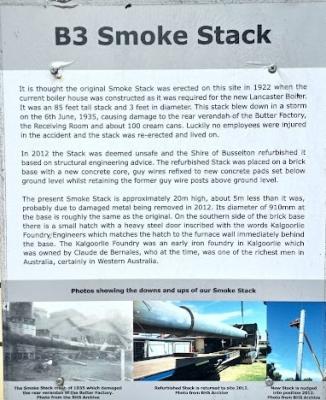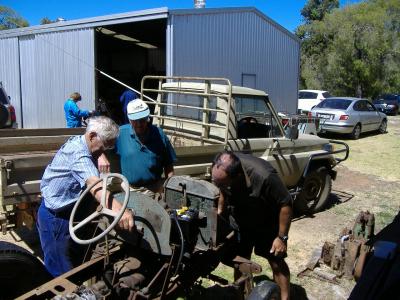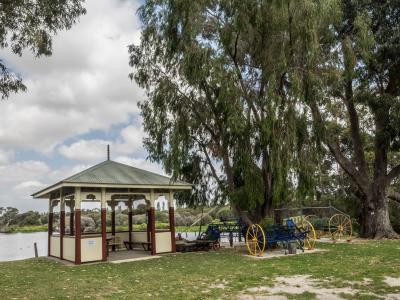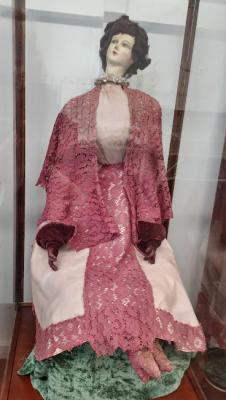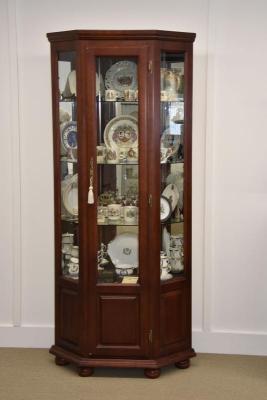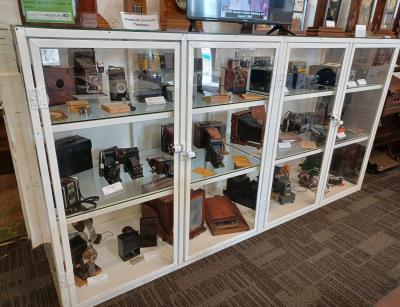Group Settlement - House
c. 1921 - 1924This is a Group Settlement farmhouse that was relocated from Group 44, Ambergate and rebuilt onsite at the Museum.
All Group Houses had the same basic design with two bedrooms, a kitchen with a Metters stove and sitting room with a brick fireplace. The floor was covered with linoleum and the toilet was situated well down the back of the yard.
The Group Settlement Scheme commenced in 1921 to promote the establishment of the Dairy Industry in the South West. It provided nearly 100,000 British migrants assisted passage to WA at a time when post war Britain was struggling economically. Land allocated to each group of settlers was divided into blocks of about 25 acres. The settlers lived in camps and worked together to clear, fence and build a house on each block, which would then be allocated by ballot to a member of the group.
The first Group Houses were built in 1921 and were an all-timber structure of local wood weatherboards with a galvanized, corrugated iron roof. All the timber was cut in the bush at the cost of £300.00 per house and the builders were given £40 per house to erect it.
There were 6000 Group Houses built in the South West but by 1924 only 383 families of the original 768 families remained on the land any many farms amalgamated in order to be sustainable.
Details
Details
In 1978 Western Titanium offered this house from the Group 44 settlement, located at Ambergate, to the Busselton Historical Society as an alternative to demolition. BHS members then dismantled the house into four parts and Geoff Lord, his son and son-in-law took over three days to transport it to the Museum grounds. The studs were termite ridden and the weatherboard cladding was very thin, so a large quantity of new materials, supplied by local firms, were required to reconstruct the house. A local firm took 3 months to rebuild the house at this site, at a cost of $5,500, which was funded by the BHS.
Related Objects
Related Objects
Other items from Busselton Historical Society
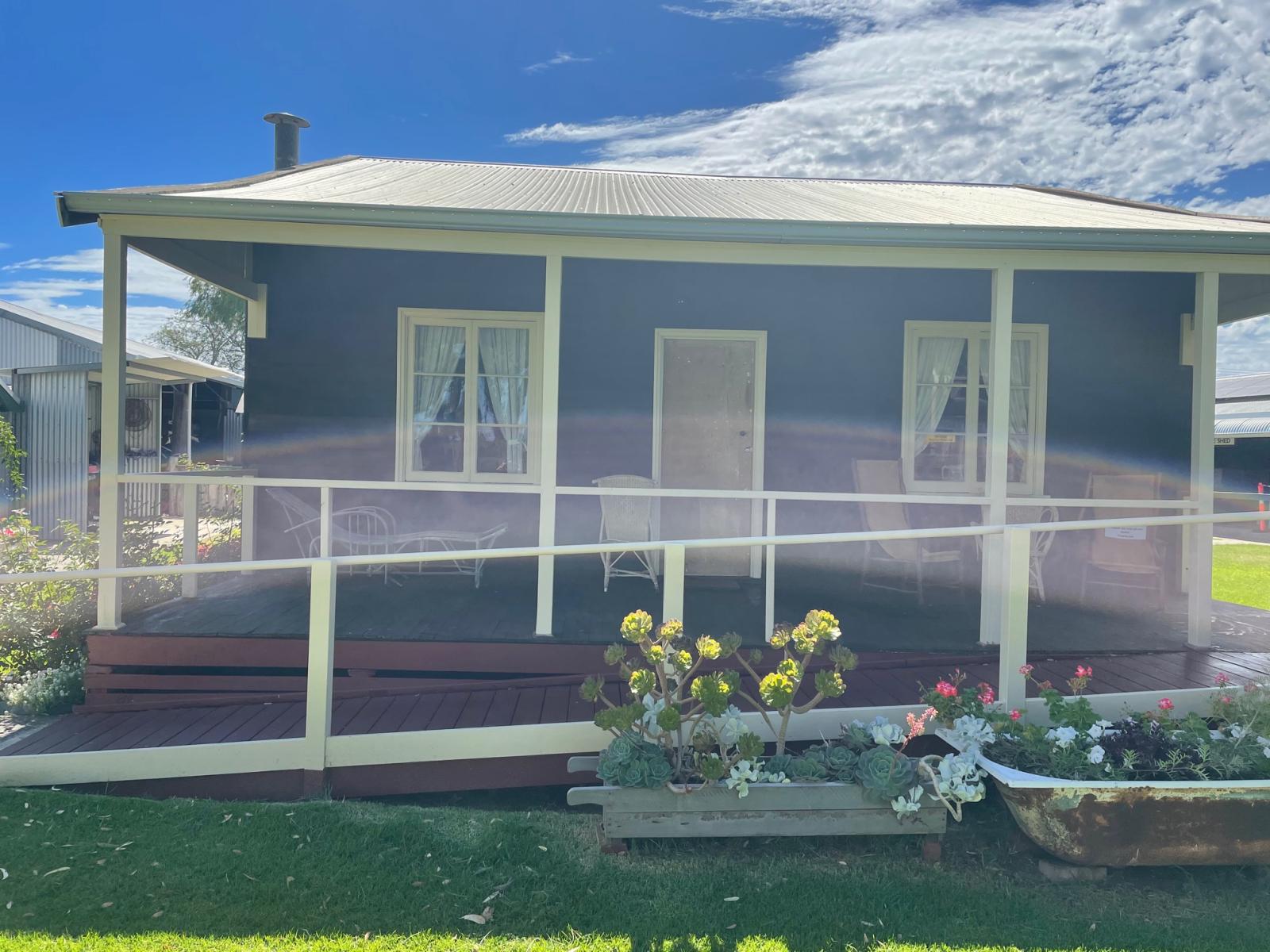
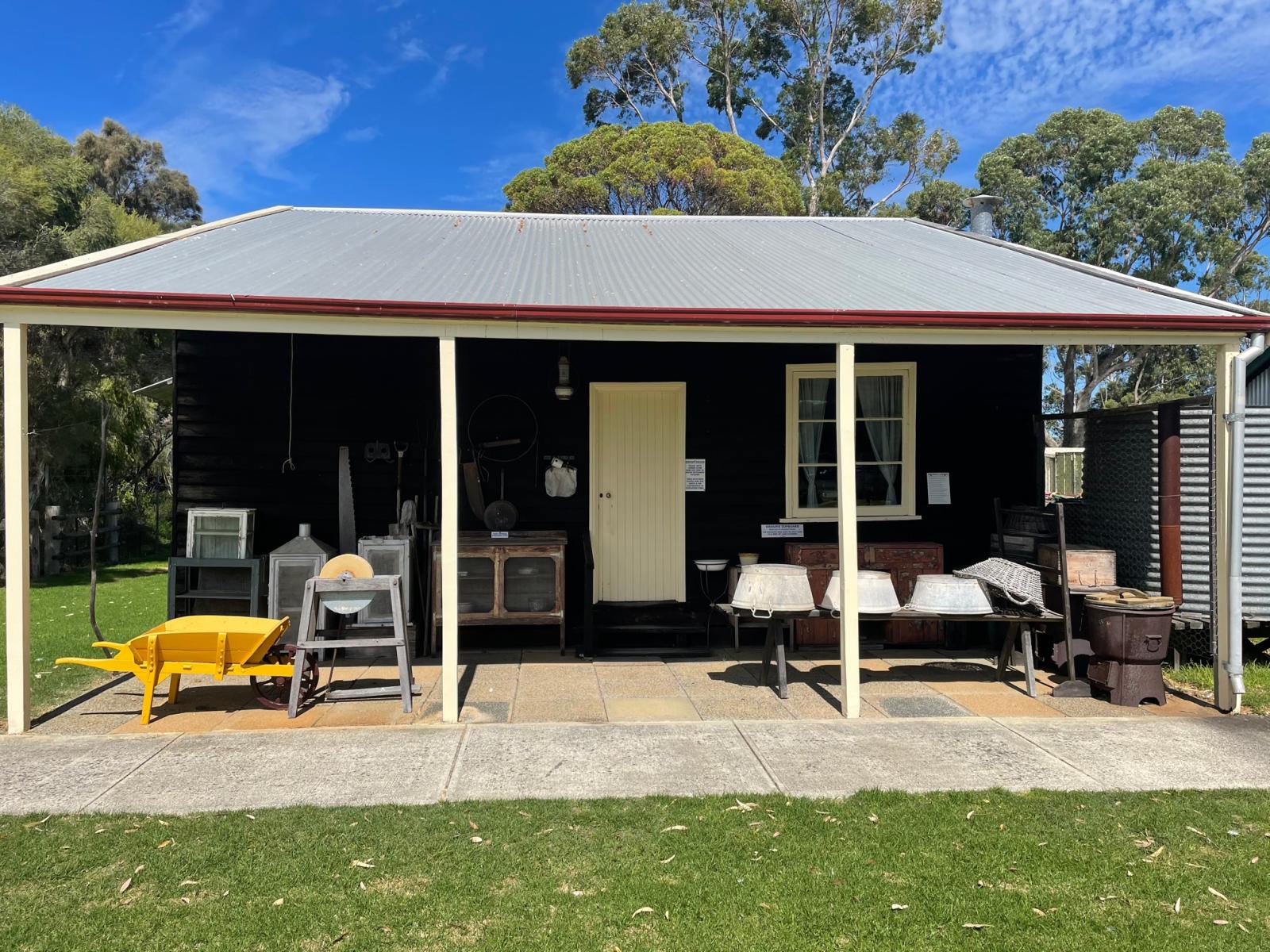
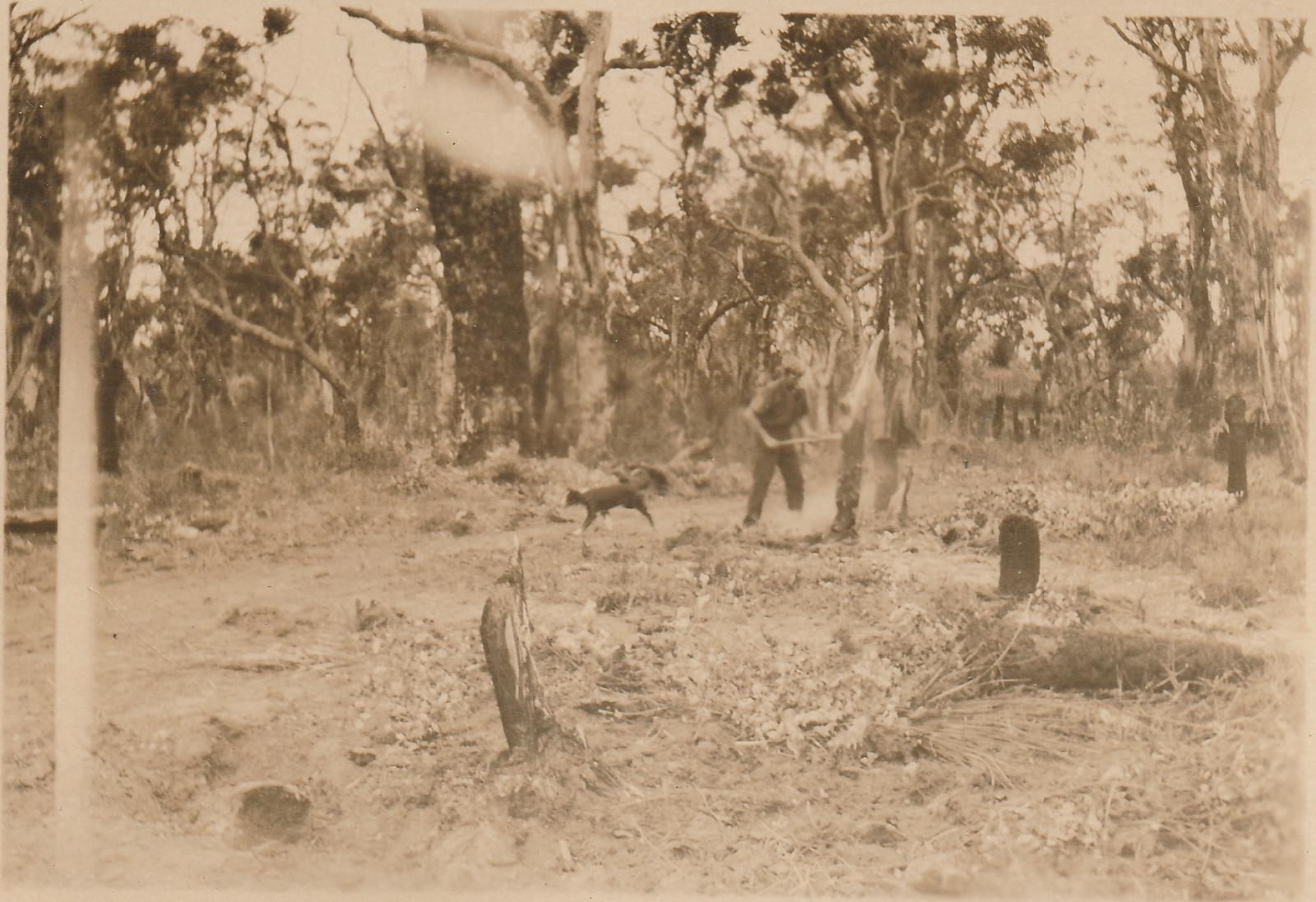
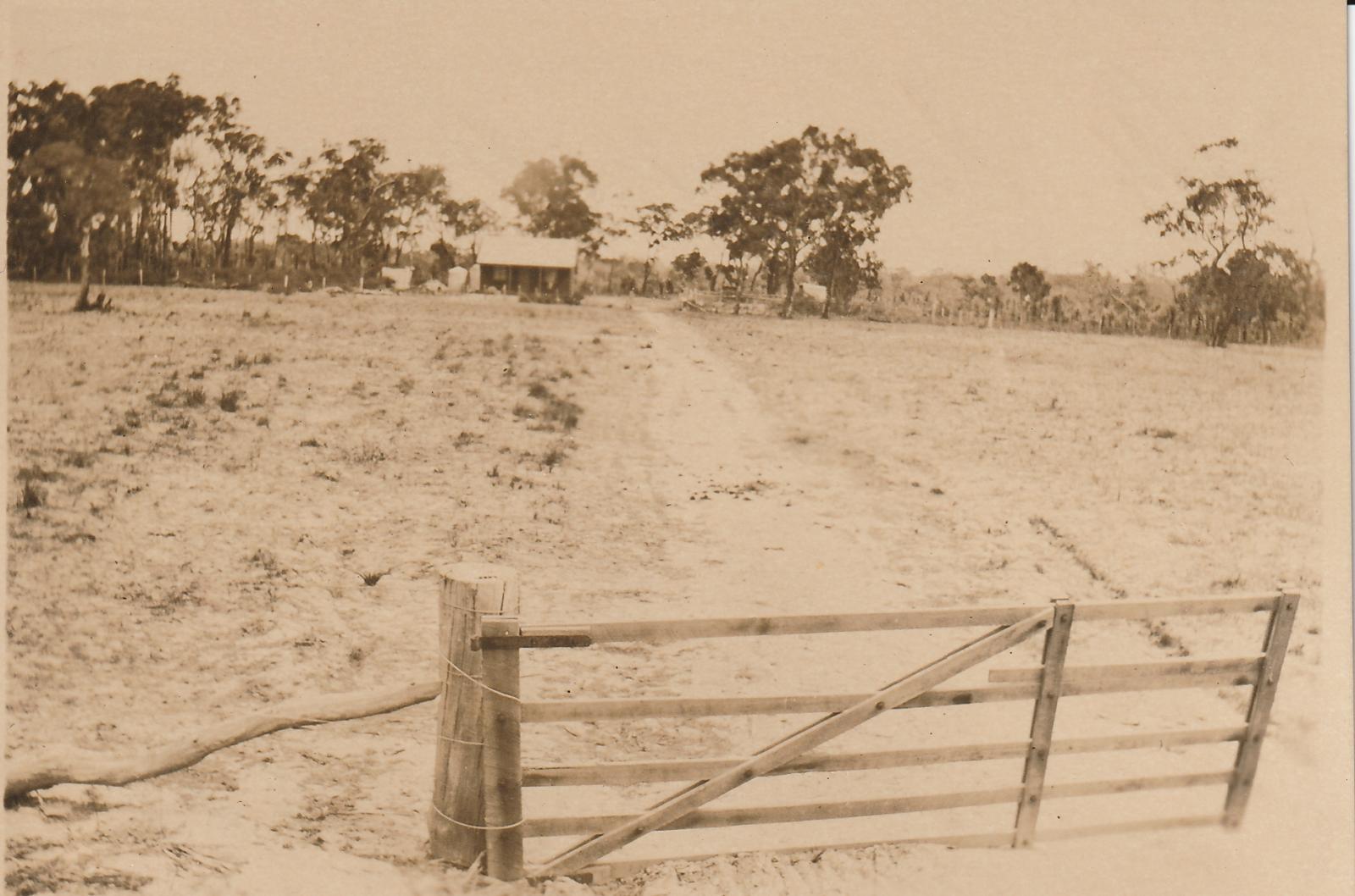
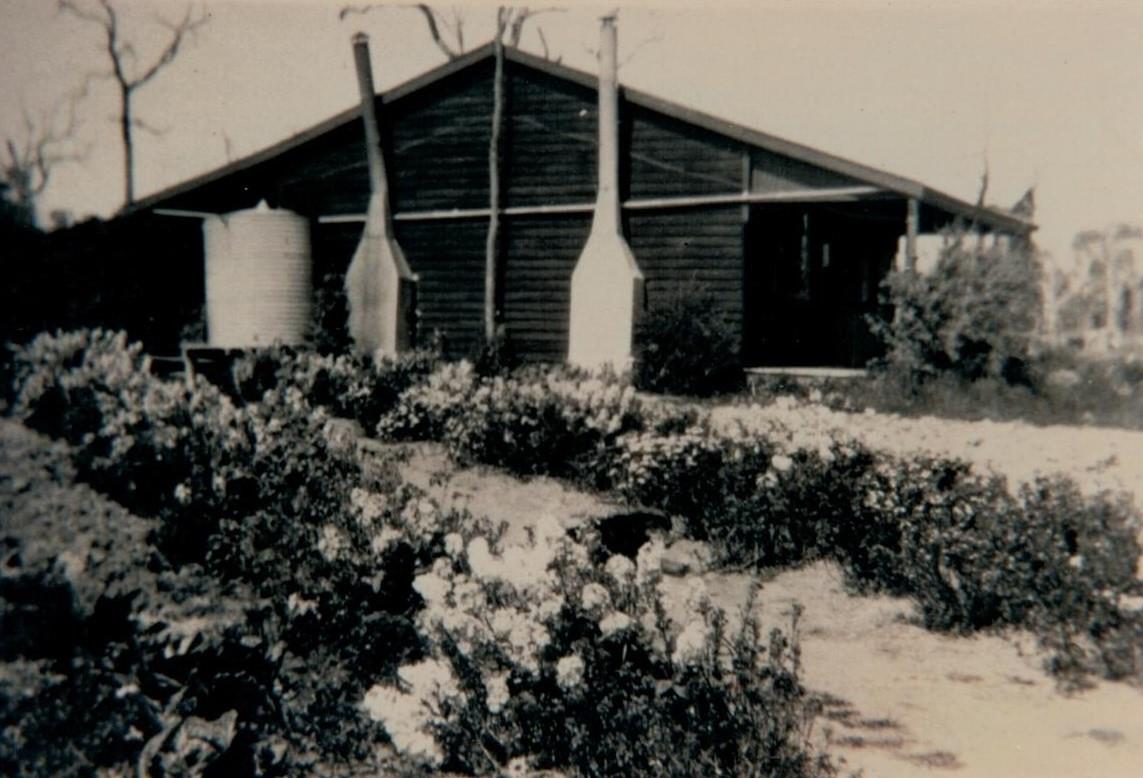
Scan this QR code to open this page on your phone ->

